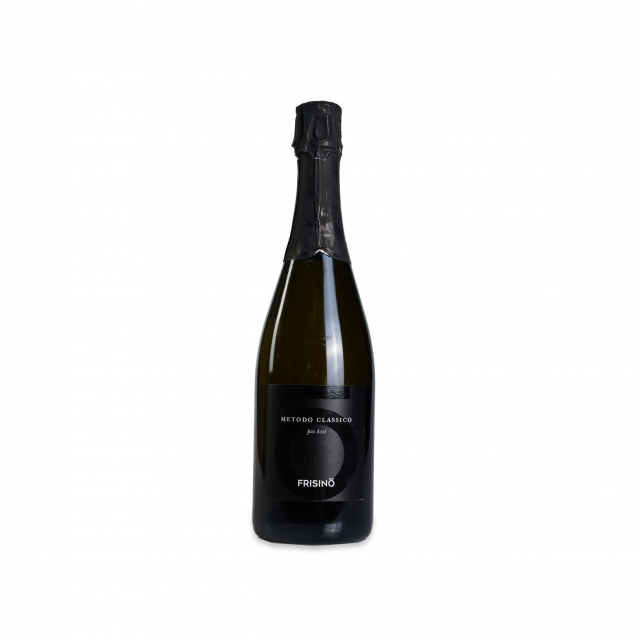The Origin and History of Pesto
Pesto, a classic Italian sauce with basil originating from Liguria, has won global acclaim for its unique flavor and culinary versatility. The name "pesto" derives from the Genoese verb "pestare," meaning "to crush" or "to grind," referring to the traditional method of preparing this sauce. The classic Genovese pesto recipe includes fresh basil, pine nuts, Parmigiano Reggiano, garlic, and extra virgin olive oil, combining freshness and quality.
Here’s how to make authentic Genovese pesto:
Ingredients:
- 2 cups fresh basil
- 1/4 cup pine nuts
- 1/2 cup grated Parmigiano Reggiano
- 2 garlic cloves
- 1/2 cup extra virgin olive oil
- Salt and pepper to taste
Preparation:
1. Crush the basil, pine nuts, and garlic in a mortar until you get a smooth paste.
2. Add the Parmigiano Reggiano and mix well.
3. Gradually incorporate the olive oil until the desired consistency is reached.
4. Season with salt and pepper.
Variants of Pesto
In addition to the classic Genovese pesto, there are several delicious variants to try:
- Red Pesto: Made with sun-dried tomatoes and red peppers.
- Arugula Pesto: A spicy alternative using arugula instead of basil.
- Sun-Dried Tomato Pesto: A rich and flavorful version perfect for pasta and appetizers.
Discover Devoro's Pesto selection
Choosing High-Quality Pesto
When purchasing pesto, it's important to choose high-quality products. Look for those made with fresh, natural ingredients and no added preservatives. Explore our selection of premium pesto on our e-commerce site, each made with passion and authentic ingredients.
Health Benefits of Pesto
Pesto is not only delicious but also healthy. The main ingredients, such as olive oil and basil, offer numerous health benefits. Extra virgin olive oil is rich in monounsaturated fats and antioxidants, while basil provides essential vitamins and minerals. Using pesto as a condiment can be a healthy way to enhance your daily meals.
Uses and Pairings for Pesto
Pesto is extremely versatile and can be used in various ways:
- Pasta: Mix with hot pasta for a quick and tasty dish.
- Bruschetta: Spread on toasted bread slices for a simple yet refined appetizer.
- Meat and Fish: Use as a marinade or topping for grilled meats and fish.
Storing Pesto
To keep pesto fresh, store it in an airtight container in the refrigerator. You can also freeze it in portions to always have a ready supply.
Frequently Asked Questions (FAQ) about Pesto
What’s the difference between fresh pesto and store-bought pesto?
Fresh pesto is made on the spot with fresh ingredients, while store-bought pesto may contain preservatives and have a less intense flavor.
How can I make pesto without pine nuts?
You can replace pine nuts with walnuts, sunflower seeds, or almonds for an interesting variation.



